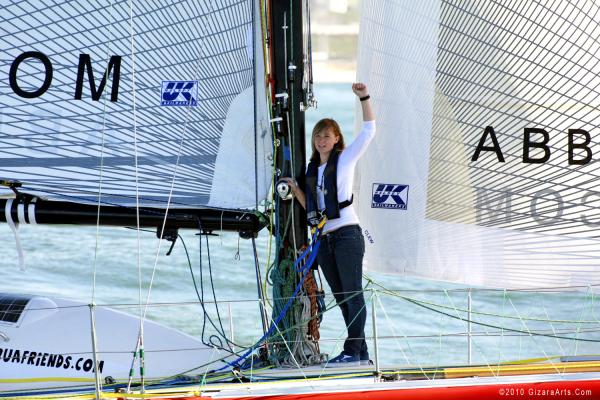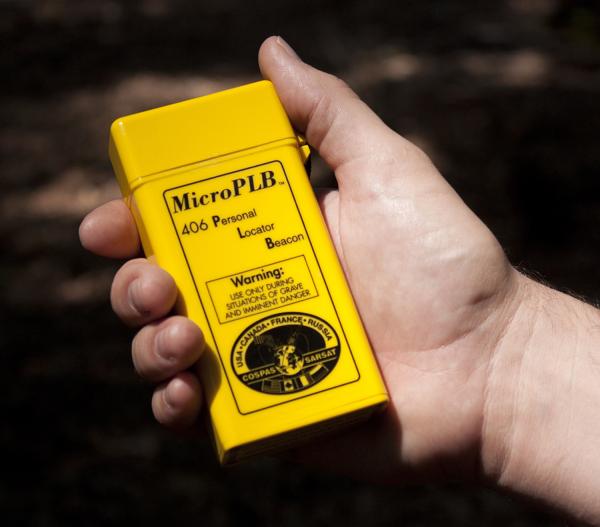Teen Sailor Lost at Sea Meets NASA Rescuers


Lost and alone in the middle of the Indian Ocean during a furious storm, things were looking bleak for 16-year-old Abby Sunderland.
Sunderland was on a mission to be the youngest person to sail the world solo and nonstop, a record previously held by her older brother Zac. But her 40-foot (12-meter)-long vessel, Wild Eyes, was damaged in the storm, leaving her stranded in the middle of the Indian Ocean . Sunderland activated her emergency signaling devices and NASA's Search and Rescue Satellite-Aided Tracking (SARSAT) system pinpointed her exact location in less than an hour during the aggressive storm . She was rescued two days later.
Nearly six months after the swift rescue, Sunderland got to thank the people who developed the technology used to save her life.
Sunderland visited NASA's Goddard Space Flight Center in Greenbelt, Md., to meet Search and Rescue Manager Dave Affens and the team of engineers behind SARSAT, which has saved more than 205 lives in the United States this year alone.
"Without NASA technology, she may have lost her life," Affens said.
Lost at sea
Sunderland's journey from Marina del Rey, Calif., to her dismasting 2,000 miles (3,218 kilometers) from the nearest land, included safety measures and devices that ultimately saved her. Wild Eyes was equipped with a safety beacon and a handheld device about the size of a BlackBerry that emitted an emergency distress signal picked up by a SARSAT satellite orbiting 22,500 miles (36,210 kilometers) up in space.
Get the world’s most fascinating discoveries delivered straight to your inbox.
"We developed the concept of detecting distress signals by the satellite, relaying it to the ground stations where the locations were calculated," Affens said. "We then launched the distress-detection device on a NOAA (National Oceanic and Atmospheric Administration) weather satellite, tested the concept, and approved the system for operational use."
The distress device operates for a minimum of 48 hours after the user activates the emergency signal. These extra hours are vital given that most rescue teams cannot reach the individual until after a storm subsides, which can be more than a day or two. In Sunderland's case, the boat sent to rescue her arrived two days after she had activated her device.
Sunderland's signal reached an Indian satellite (INSAT) and two NOAA weather satellites that were launched by NASA and used NASA technology.
Ideal rescue
Sunderland was amazed by the quick rescue response.
"It was a real surprise when the airbus flew over me. I wasn't expecting it, I was expecting it to be weeks," Sunderland said. "When you set off your beacon, you know someone is going to hear you, but I wasn't sure if I was going to be helped. But I don't think it could have been done any faster."
After receiving Sunderland's signal, the satellite then relayed the signal to the United States via the international satellite-aided search and rescue network comprised of 40 participating nations.
Because Sunderland used the device correctly and made a point to register the beacon with NOAA (adding personal and contact information), the U.S. Coast Guard's Pacific Area Command in Alameda, Calif., was able to contact her parents in less than 10 minutes.
"We couldn't ask for a better scenario," said U.S. Coast Guard's Adolfo Viezca. "When beacons aren't registered and I'm on the receiving end, I don't know who you are, where you are and I end up with a quagmire."
Sunderland still plans on sailing the world solo, carrying the beacon and relying on NASA technology.
"Overall, it's the best experience of my life," Sunderland said.




